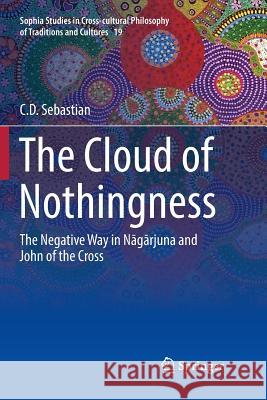The Cloud of Nothingness: The Negative Way in Nagarjuna and John of the Cross » książka
topmenu
The Cloud of Nothingness: The Negative Way in Nagarjuna and John of the Cross
ISBN-13: 9788132238775 / Angielski / Miękka / 2018 / 181 str.
The Cloud of Nothingness: The Negative Way in Nagarjuna and John of the Cross
ISBN-13: 9788132238775 / Angielski / Miękka / 2018 / 181 str.
cena 262,25
(netto: 249,76 VAT: 5%)
Najniższa cena z 30 dni: 250,57
(netto: 249,76 VAT: 5%)
Najniższa cena z 30 dni: 250,57
Termin realizacji zamówienia:
ok. 22 dni roboczych
Bez gwarancji dostawy przed świętami
ok. 22 dni roboczych
Bez gwarancji dostawy przed świętami
Darmowa dostawa!
Kategorie BISAC:
Wydawca:
Springer
Seria wydawnicza:
Język:
Angielski
ISBN-13:
9788132238775
Rok wydania:
2018
Wydanie:
Softcover Repri
Ilość stron:
181
Waga:
0.30 kg
Wymiary:
23.39 x 15.6 x 1.14
Oprawa:
Miękka
Wolumenów:
01











